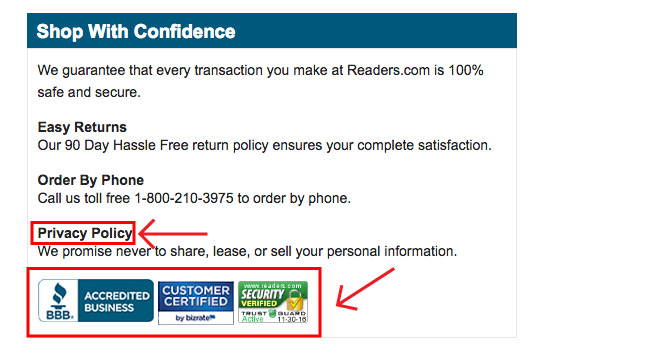
Are buy sites legit? The first step is to look for trust marks on the site. Then, read the fine print. Avoid a site with lower prices on hot products, or one that has international contact numbers. This can be a sign of a scam. Also, don't buy from a company that doesn't answer email or phone calls. Make sure you're dealing with a legitimate company, and never pay less than you can afford.
Avoiding scams on buy sites
Be cautious of retail websites, which promise luxury items at unbelievably low prices. Many times, these sites are scams. To purchase an item, these websites ask you to send money via money order, wire transfer, or pre-loaded money card. You are unlikely to receive the item. Check reviews before purchasing. Do not send your money to such sites. Instead, research the site's reputation to ensure it is a reputable company.
Read customer feedback on a new website to see if other customers have had a bad experience. Not all customer feedback is genuine. Always make sure to check the website's security by visiting the Better Business Bureau's Scam Tracker. The website's security certificate and https web address will make you feel safe when giving out your credit card details. Check the advertised prices, too. If prices are too low, they are probably a scam.
Scammers may try to trick sellers with elaborate tricks. Some scammers send fake cashier's checks. After the item is purchased, the buyer sends the seller a check for more money. The seller then receives the check, only to discover that the check was a fake. The seller loses the money and the item. Fortunately, most reputable buy sites have dispute mechanisms. If the transaction turns out to be a scam, you can dispute the chargeback.
When buying highly sought-after items, be cautious. Many scammers register their domain names as similar to popular brands. Beware of sellers with identical email addresses. Search the seller's email address and see if it has been associated with fraud. If a seller's email address is the same across multiple buy sites, make sure to click on his or her name to see his or her listings. If two sellers are offering the same 1997 Honda Accord at drastically different prices, one of them may be a scam and the other may be an honest seller.
Checking for trust marks on a site
While trust signals aren't absolutely essential, they do provide a good first impression. They indicate that the site is legitimate and reduce the perceived risk of making a purchase. As such, these trust marks may even make up for the lack of a physical store. Listed below are a few trust marks that you should look for on a buy site. Read through them carefully and make sure that they match your needs.
The trust marks are images on Ecommerce websites that indicate that the website is reliable and trustworthy. They are provided by independent third parties, such as PayPal, Verisign, or McAfee. To obtain a trust mark, the site must meet a certain set of criteria. Trust marks, such as the Safe and Secure (SSL) seal, give customers peace of mind when making a purchase.
The provider of a trust mark scheme should perform an initial assessment on a website, which may vary based on the market. During the assessment, a provider of a trust mark scheme will review the site's security and resilience to cyberattacks. The cost of this initial assessment is usually only a few hundred US dollars, but it will be worth the investment if your conversion rate increases.
Another trusted mark is the TrustedSite logo. If the company is registered with this trademark, it has an independent audit process that verifies that it is a reliable source of information. It can be displayed on the product page, as well as in the site footer. These trust marks also help a site's conversion rate. For many consumers, a trust seal is an important factor in converting visitors.
